The top-of-the-line ProArt series – AMD platform X570 is a new segment targeting creativity professional. For example, ASUS ROG Maximus integrates flagship motherboards based on AMD/Intel. At the same time, ROG Zenith belongs to the flagship motherboards based on AMD chipsets for HEDT, that is, for AMD Ryzen Threadripper, while ROG Crosshair unites motherboards based on AMD chipsets for the mainstream segment, including our X570. Therefore, our today’s board belongs to this ProArt series – Asus ProArt X570 Creator WiFi.
- Dismantle
- The scheme of the chipset + processor bundle operation
- How We Test ASUS ProArt X570 Creator WiFi
- CPUZ & GPUZ: ProArt X570 Creator WiFi
- PCMark 10
- Cinebench R2.0
- 3Dmark Advanced Edition
- PassMark Performance Test 10.1 Build 1003
- BaseMark GPU
- Final Fantasy XIV: Shadowbringers Benchmark 1080P DirectX 11
- Monster Hunter Online Benchmark
- ASUS ProArt X570 Creator WiFi
- Pros
- Cons

The ASUS ProArt is the only X570 motherboard designed and focused around the creativity professional market and as a result, drops all the gaming branding and gaming focused extras. There are no integrated RGB LEDs – instead the ASUS ProArt focuses on a sleek look with an all-black & gold design and horizontally finned black aluminium heatsinks. Underneath the heatsinks is a 14+2 phase power delivery spearheaded by an Digi+ VRM ASP1405I controller operating in a 7+1 configuration. ASUS has focused more on transient response and has appropriately opted to team the phases together instead of using doublers. The end result is still a 14-phase design, done in a way to align with the intended workflow of a professional system. Later we will explain how power phase teaming work.

USB ports, network interfaces, I / O
On the back I/O panel of connections including 1x HDMI 2.1 (iGPU), 1x DisplayPort in (Thunderbolt 4),4x USB-A 3.2 Gen1 (5Gb/s), 4x USB-A 3.2 Gen2 (10Gb/s),, 2x Thunderbolt 4 (Intel JHL8540), 5x audio jack, 1x Toslink. Aside from that, the network is equipped with Marvell AQtion AQC113CS 10 Gigabit LAN ports on a single switch and Intel I225-V 2.5 Gigabit LAN ports on a single switch. Wi-Fi 6E and Bluetooth 5.2 are supported by the wireless network. Also present on the rear panel feature for the bios flashback is included.

Intel I225-V B3 2.5Gb network controller

CYPD5225-96BZXI, Type-C interface controller

Intel JHL8540 Thunderbolt 4 chip, output for Thunderbolt 4 ports on the back of the I/O

IT66317, HDMI signal control chip

Marvell AQtion AQC113CS 10 Gigabit controller

HD3SS214, responsible for DP input of I/O

An “Digi + Power” power supply circuit in the 14 + 2 phase configuration is used to operate a 16-core / 32-thread CPU at peak performance while also supporting overclocking. There are several components, including a highly durable alloy choke, a long-life capacitor, two CPU auxiliary power supplies, and two large heat sink. On the chipset side, a large aluminum passive heat sink was also used, this time for the purpose of cooling. The memory slot is DDR4 x 4, which supports speeds of up to 5,100MHz and allows for the installation of up to 128GB of memory.

The PCIe x16_1 & 2 slot has a stainless steel metal reinforcement, which increases reliability (Which can be important in the case of fairly frequent video card changes, but more importantly: such a slot will more easily withstand the bending load in the case of a very heavy graphics card top-level). It also protects the slot from electromagnetic interference. For the first PCI-E slot will support full bandwidth of PCI-E 4.0 x16 and follow by PCI-E 4.0 x8 and PCI-E 4.0 x4. This motherboard uses a full PCIe 4.0 x4 lane available from the AMD X570 chipset. You will find a total of three M.2 slots on this motherboard all with different key types for different devices. All two slots feature integrated heat spreaders.

Remove all heatsink and I/O case from the motherboard.
As you can see, the chipset is cooled separately from the other heating elements. The two groups of power converters have their own separate heat sinks. Two M.2 modules have their own heatsinks with a thermal interface. They are mounted separately from the large chipset heatsink.

Dismantle

The power circuit design using 14 + 2 + 1: 17 phases – 14 phases processor core, 2 phases – SoC (Ryzen I / O chiplet) and 1 phases DRAM.

Each 16 phases channel for CPU & SOC has a super ferrite coil and a ON Semiconductor FDMF3170 70A MOSFET

In this case the VRM Digi + EPU ASP1405, which is designed for a maximum of 7+1 phases.

Therefore, the design scheme of programmed phase control without phase doublers is used. Considering that this scheme does not have a proprietary TPU (TurboV Processing Unit) processor, which distributes the on / off phases on older motherboards, a simple parallel circuit is used: 14 phases for the core are converted into 4 (three physical phases go for one on the controller), and 2 more for SoC are converted to 1.
ASUS redesign their architecture for VRM for teaming power stage design, instead of using doubler design

As for the RAM modules, everything is simpler here: a single-phase circuit is implemented on the Vishay mosfets.

The scheme of the chipset + processor bundle operation

Ryzen 3000/5000 processors support 4 USB 3.2 Gen2 ports, 24 I / O lines (including PCI-E 4.0), but 4 lines of them go to interact with the X570, another 16 lines are PCI-E slots for video cards. There are 4 lines left: they can be configured by motherboard manufacturers to choose from:
- operation of one NVMe drive x4 (high-speed PCI-E 4.0)
- two SATA ports x1 each + 1 NVMe port x2
- two NVMe x2 ports

In turn, the X570 chipset supports 8 USB 3.2 Gen2 ports, 4 USB 2.0 ports, 4 SATA ports and 20 I / O lines, of which, again, 4 are needed for communication with the CPU. The rest of the lines can be freely configured.
Thus, in total from the X570 + Ryzen 3000/5000 tandem, we get:
- 16 PCI-E 4.0 lines for video cards (from the processor);
- 12 USB 3.2 Gen2 ports (4 from the processor, 8 from the chipset);
- 4 USB 2.0 ports (from the chipset);
- 4 SATA 6Gb / s ports (from chipset)
- 20 PCI-E 4.0 lanes (4 from the processor + 16 from the chipset), which can form different combinations of ports and slots (depending on the motherboard manufacturer).
Total: 16 USB ports, 4 SATA ports, 20 free PCI-E lanes.

In total, the board has 3 PCIe slots: one PCIe x16 (for video cards or other devices), one PCIe x 8 and last PCIe x 4 slot. If I have already told about the first PCIe x16_1 (it is connected to the CPU) together with second PCIe x16_2, (the third in a row) is connected to the X570 and works as much as possible in the x4 mode. It also shares resources with M.2_2 slots.

This motherboard has a redistribution of PCIe lines between slots, therefore multiplexers from Diodes Inc.

The Audio is controlled by the Realtek ALC1220A audio codec and it also provides audio output up to 7.1.
Nichicon Fine Gold audiophile capacitors are used in the audio circuits of the board.

How We Test ASUS ProArt X570 Creator WiFi
ASUS ProArt X570-Creator WiFi is a top range-level motherboard in X570 chipset. As such, our workstation, based on an ProArt X570- Creator WiFi motherboard and AMD Ryzen 5 5600G 6cores 12 threads processor. The ram we will be using is G.Skill’s F4-3600C16D- 16GTZNC memory kit. Hynix 512Gb SATA M.2 SSD and Built- in AMD VEGA 7 is used as well to run with benchmark.
We will be using latest AMD Adrenalin 21.8.2 and Windows 11 Professional Preview Build 22000.160.
For the comparison benchmark with ASUS ProArt B550 Creator & ASUS ProArt X570 Creator WiFi.
| Motherboard | ||
| Processor | AMD Ryzen 5 5600G | AMD Ryzen 5 5600G |
| Graphics | AMD Radeon RX Vega 7 | AMD Radeon RX Vega 7 |
| Motherboard | ProArt B550 Creator | ProArt X570 Creator WiFi |
| RAM | G.Skill’s F4-3600C16D- 16GTZNC | G.Skill’s F4-3600C16D- 16GTZNC |
| Storage | Hynix 512Gb SATA M.2 | Hynix 512Gb SATA M.2 |
| OS | Windows 11 Build 22000.160 | Windows 11 Build 22000.160 |
| Bios | 2423 Release 2021/08/27 | 0402: Release 2021/08/17 |
CPUZ & GPUZ: ProArt X570 Creator WiFi




PCMark 10
It’s measures overall system performance for modern office work using tests based on real-world apps and activities. PCMark 10 is the latest version in Futuremark’s series of industry standard PC benchmarks. PCMark benchmarks measure complete system performance using tests based on real-world apps and activities. In PCMark 10, these tests include everyday tasks like browsing websites, video chat, writing and spreadsheets, photo and video editing, and playing games. This makes it an ideal benchmark for testing all types of Windows PC, from tablets and hybrids to notebooks and desktops.
| Score | Essentials | Digital Content Creation | Productivity | |
| ASUS ProArt B550 Creator | 6485 | 10636 | 6922 | 10055 |
| ASUS ProArt BX570 Creator | 6354 | 10236 | 6923 | 9824 |

Cinebench R2.0
Cinebench is a real-world cross-platform test suite that evaluates your computer’s hardware capabilities.
| CPU “Multi Core” | CPU “Single Core” | |
| ASUS ProArt B550 Creator | 10382 | 1429 |
| ASUS ProArt BX570 Creator | 10393 | 1444 |

3Dmark Advanced Edition
3DMark includes everything you need to benchmark your PC and mobile devices in one app. Whether you’re gaming on a smartphone, tablet, notebook, or a desktop gaming PC, 3DMark includes a benchmark designed specifically for your hardware.
TimeSpy Extreme
| Score | Graphics Score | CPU Score | |
| ASUS ProArt B550 Creator | 1441 | 1265 | 6824 |
| ASUS ProArt BX570 Creator | 1477 | 1296 | 7141 |

FireStrike Extreme
| Score | Graphics Score | Physics Score | Combined Score | |
| ASUS ProArt B550 Creator | 1789 | 1806 | 20974 | 733 |
| ASUS ProArt BX570 Creator | 1794 | 1805 | 22352 | 740 |

Night Raid
| Score | Graphics Score | CPU Score | |
| ASUS ProArt B550 Creator | 17062 | 18332 | 12255 |
| ASUS ProArt X570 Creator | 16707 | 17855 | 12247 |

CPU Profile
| Max Threads | 16 Threads | 8 Threads | 4 Threads | 2 Threads | 1 Threads | |
| ASUS ProArt B550 Creator | 4951 | 5325 | 4225 | 3152 | 1671 | 851 |
| ASUS ProArt X570 Creator | 5433 | 5392 | 4503 | 3300 | 1749 | 887 |

PassMark Performance Test 10.1 Build 1003
PerformanceTest provides you with an overall “PassMark Rating” that has been a standard for quantifying PC performance since 1998.
| Rating | CPU Mark | 2D Graphics Mark | 3D Graphics Mark | Memory Mark | Disk Mark | |
| ASUS ProArt B550 Creator | 6029 | 19693 | 874 | 2944 | 3080 | 26721 |
| ASUS ProArt X570 Creator | 5365 | 19609 | 878 | 3056 | 3084 | 4568 |

BaseMark GPU
Basemark GPU is a professional evaluation tool to evaluate and compare graphics performance across mobile and desktop platforms. Uniquely, it supports all major graphics APIs and operating systems.
*Settings: Medium & DirectX 12
| Overall Score | Average FPS | Minimum FSP | Maximum FSP | |
| ASUS ProArt B550 Creator | 14343 | 143 | 43 | 279 |
| ASUS ProArt X570 Creator | 14869 | 149 | 77 | 327 |

Final Fantasy XIV: Shadowbringers Benchmark 1080P DirectX 11
| Score | |
| ASUS ProArt B550 Creator | 3805 |
| ASUS ProArt X570 Creator | 3837 |

Monster Hunter Online Benchmark
This benchmark tool sports a series of advanced technology including Real Time Rendering, Physical Based Shading, Realistic Vegetation Rendering, NVIDIA PhysX Clothing, NVIDIA Hairworks and NVIDIA HBAO+.
| Score | Average FPS | Minimum FSP | |
| ASUS ProArt B550 Creator | 3321 | 15 | 8 |
| ASUS ProArt X570 Creator | 3386 | 15 | 9 |
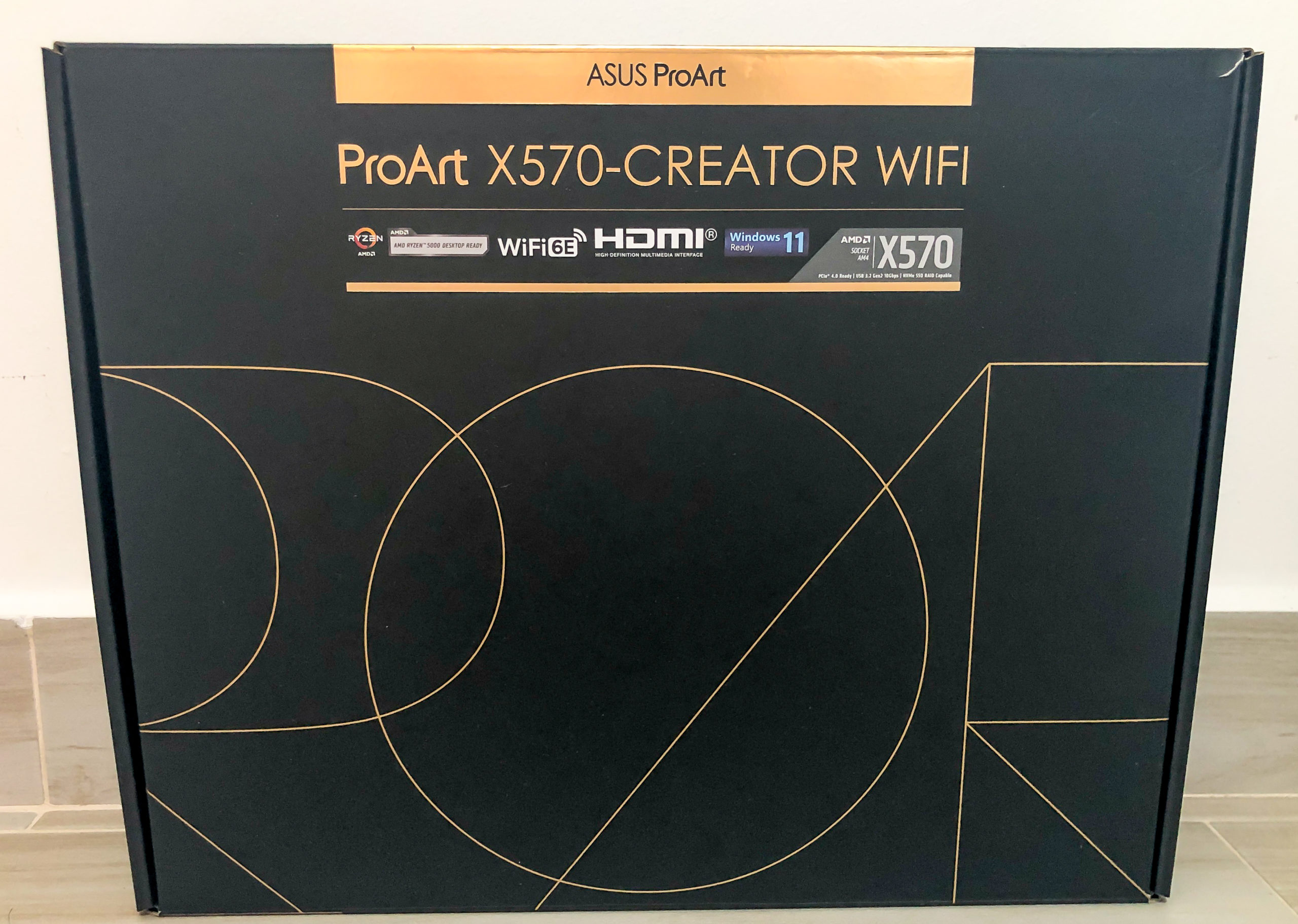

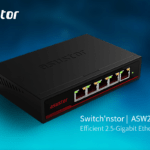


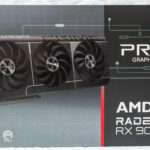
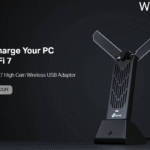

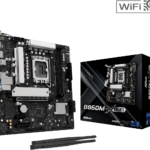
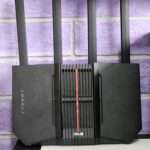

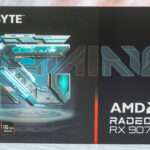
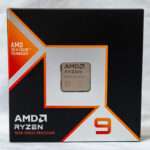

What you missed is that the 2x Thunderbold 4 interface is most probably only connected over a x2 PCIe lane, and the Intel controller which you show on the pictures is PCIe gen3 only. So that’s would be PCIe gen3 x2 which is 32gbit/s. Now you want to put 2x40gbit/s Thunderbold over that interface? That clearly is not enough and the PCIe x2 will be a bottleneck.
Why do I think it is a x2 lane? Just count with me:
The x570 has 20 lanes, thereof are 4x sata, 8x sata OR PCIe and 8x PCIe.
Now, we have:
– 6x SATA (no additional controller)
– x4 PCIe slot
– x4 PCIe/NMVE slot
– x2 PCIe/ACQUANTIA 10gbe controller
– x1 PCIe/Intel i225-V 2.5gbe controller
– x1 PCIe/ M.2/type-E slot for WiFi
That’s together 18x lanes from the x570 chipset, so only x2 PCIe left for the Thunderbold controller!
Actually I like quite your review, but what is missing is to try to reconstruct a block-diagram for the motherboard if it already isn’t in the manual (which it isn’t for this board and this may be a clue that there is some problem out there which ASUS doesn’t want to speak about).
Also, it is not documented in the manual which USB-port is connected directly to the CPU and which to the chipset and of course, you want that all the 4 USB3 GEN2 ports to be connected to the CPU and not to the chipset (as the PCIe gen4 x4 lanes from the CPU to chipset are themselves a clear bottleneck). All those USB3 gen1 ports are then fine to be connected to the chipset. But sadly again, this is not mentioned in the manual so obviously one has to ask whether ASUS tries to conceal something here!
Anyway, the PCIe and USB setup would be pretty easy to test, at least on a linux setup where simple tools exist to show the PCIe and USB topology (and I’m sure there are such tools on windows as well)…
Little bit of inconsistency here… the B550 version was criticised for DisplayPort only support input – anything changed with X570?
Hi Krys,
Thank you for spotting our mistake and we have removed the Displayport part.
You make a good point regarding the Thunderbolt bandwidth. Asus does have one table in their manual in section 2.1.10 that gives a bit more information. If you are using a CPU without integrated graphics, only the first thunderbolt port (USB Type-C 1 output) is enabled. And the minimum spec for thunderbolt 4 is in fact 32Gbps. Just wanted to add a bit to your comment because a lot of people are going to go after this board for Ryzen + on-board thunderbolt, and this information is not well documented.